Aerobic Exercise in Sport Related Concussion
What comes to mind first when you think of aerobic exercise following sport related concussion (SRC)?
Maybe part of an assessment to look at exercise tolerance (think buffalo treadmill test)? Perhaps a stage of the return-to-play protocol? Or maybe you’re not overly comfortable going there for fear of making things worse or slowing down recovery?
Let’s step back for a second.
Absolute and relative rest are very common phrases for educating athletes following SRC.
Absolute rest is recommended up to 48 hours post SRC. Following this, relative rest (which basically means don’t do anything that makes your symptoms worse) is typically suggested. Most of the time aerobic exercise is blanketed in ‘relative rest’ leaving the athlete unsure what they should do for physical activity. This often results in them doing nothing until they are asymptomatic and then they may be instructed on light aerobic exercise. However, for some athlete’s it may be days before they are completely asymptomatic over a 24hr period.
We are missing an opportunity following this initial 48hr of absolute rest to help the athlete.
This is the use of aerobic exercise as a treatment modality.
There is new and building evidence that supervised, graded, symptom-limited aerobic exercise is an effective treatment modality following acute, sport related concussion.
A recent systematic review has concluded that “graded symptom-limited aerobic exercise programs are effective to decrease symptoms and are safe when they are initiated after the recommended 48-hour rest period following a sport related concussion, in adolescents. Accordingly, even in the presence of residual symptoms after a brief initial rest period, clinicians might consider a recommendation of gradual progression towards moderate intensity aerobic exercise as long as activity does not result in an increase of symptoms.”
This approach to treatment should be closely supervised in clinic or your athlete must have a clear idea of what to monitor and how to progress at home. Documenting duration, RPE, HR, and any symptoms that may result will allow you to appropriately progress.
This use of symptom-limited aerobic exercise was also effective in reducing the median number of days to recovery when compared to stretching or continued recommendations of relative rest. It may also limit the incidence of a protracted recovery.
The RTP protocol from the Berlin consensus, as seen above, has no explicit instruction on ‘moderate’ aerobic exercise and, therefore, progressive symptom-limited aerobic exercise could be recommended as a treatment up to step 3 in the protocol.
Moderate-intensity exercise = increased breathing and sweating, but still able to maintain a conversation.
The use of symptom-limited aerobic exercise should be one of many potential treatments used to help an athlete recover from a SRC while generally following the RTP protocol.
Following SRC, there is altered or blunted function of the autonomic nervous system (blood pressure, heart rate variability, CO2 sensitivity), as well as a reduction in cerebral blood flow. These changes are proposed as an explanation to the aggravation of symptoms seen with an increase in physical activity. Normally, when you begin to exercise there is a rise in cerebral blood flow as the heart begins to work harder. This is modulated by multiple processes including cerebral vasodilation, which is blunted post-concussion. When exercise is performed at too high of an intensity too soon, the stress put on the autonomic nervous system is too high for it to respond appropriately and your athlete becomes symptomatic.
Symptom-limited aerobic exercise is proposed to gradually and appropriately stress the autonomic nervous system and safely increase cerebral blood flow within the body’s current physiological capabilities. Over time this will work to steadily restore the autonomic nervous system function to normal.
Thanks for taking the time to read!
Additional references can be supplied upon request.

